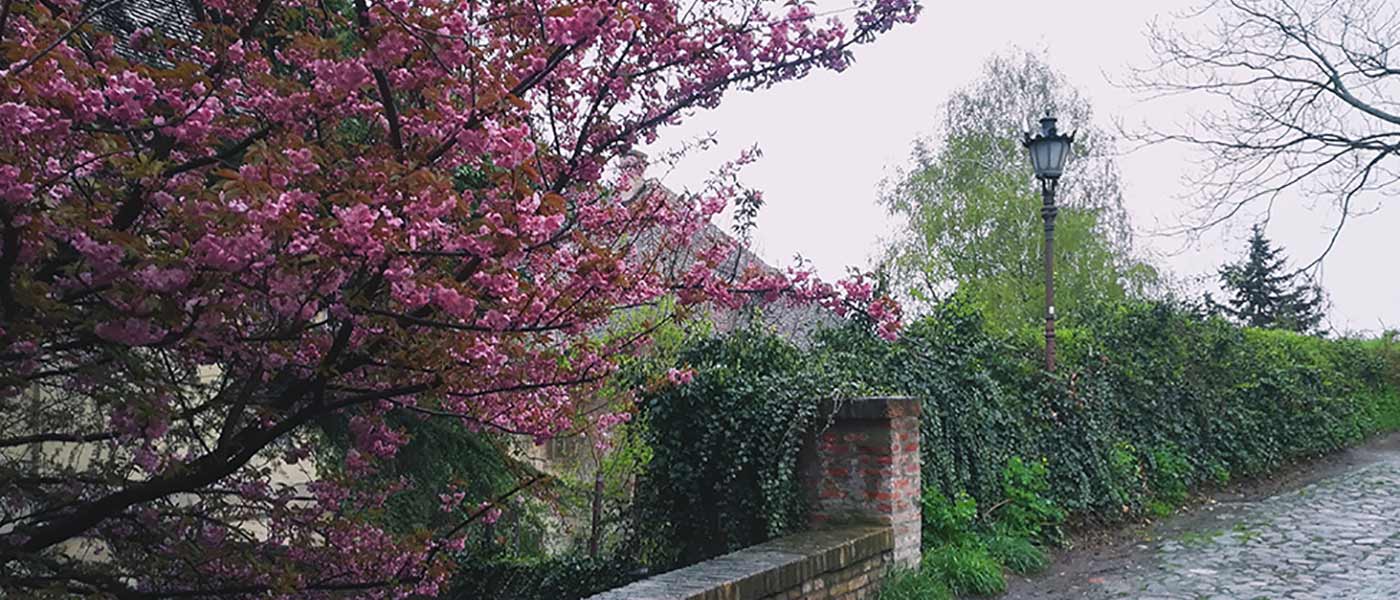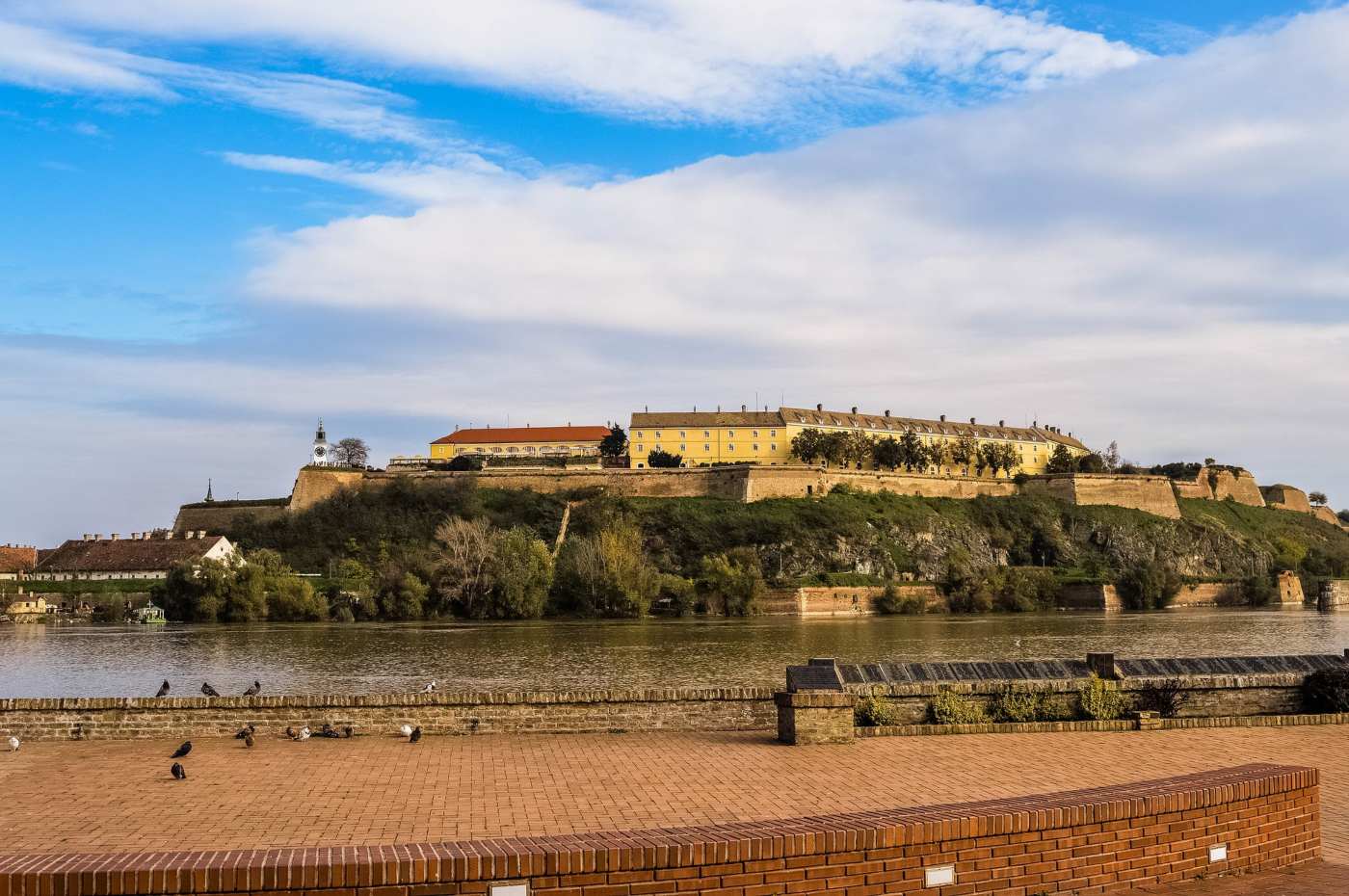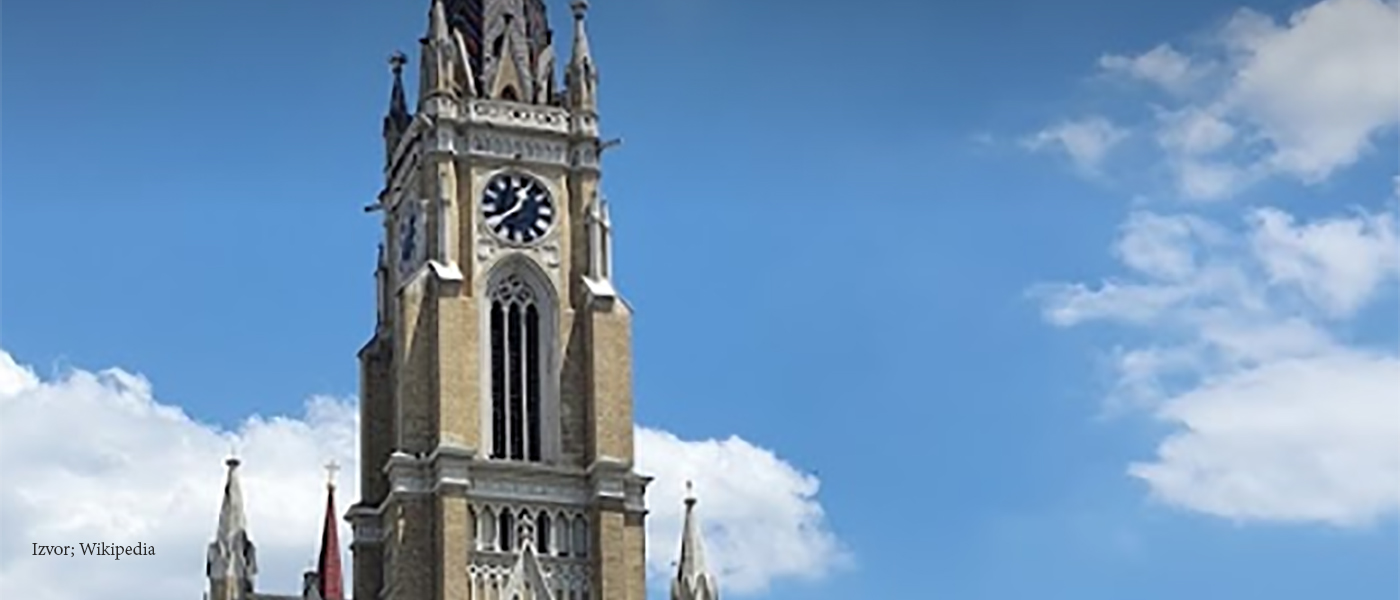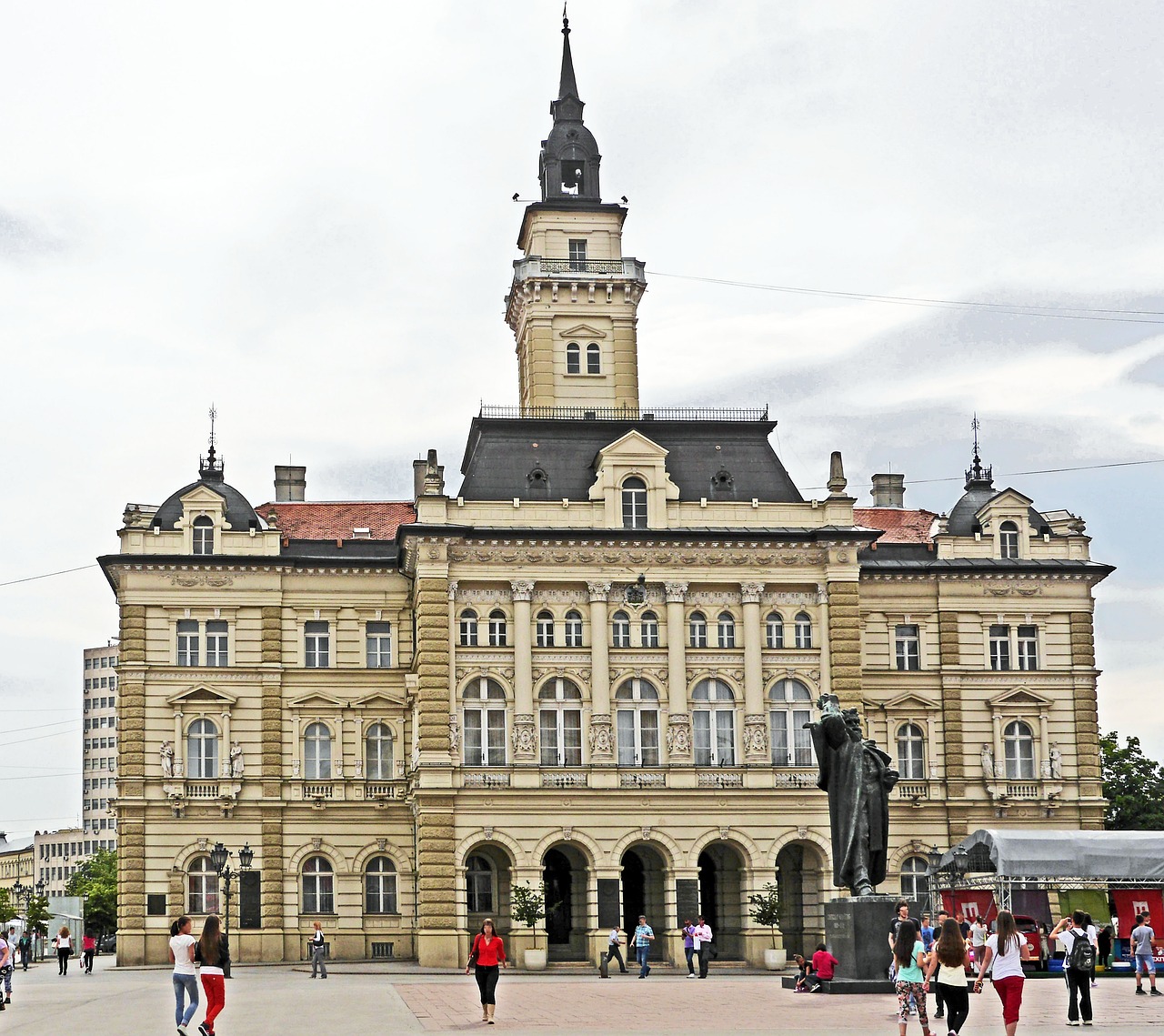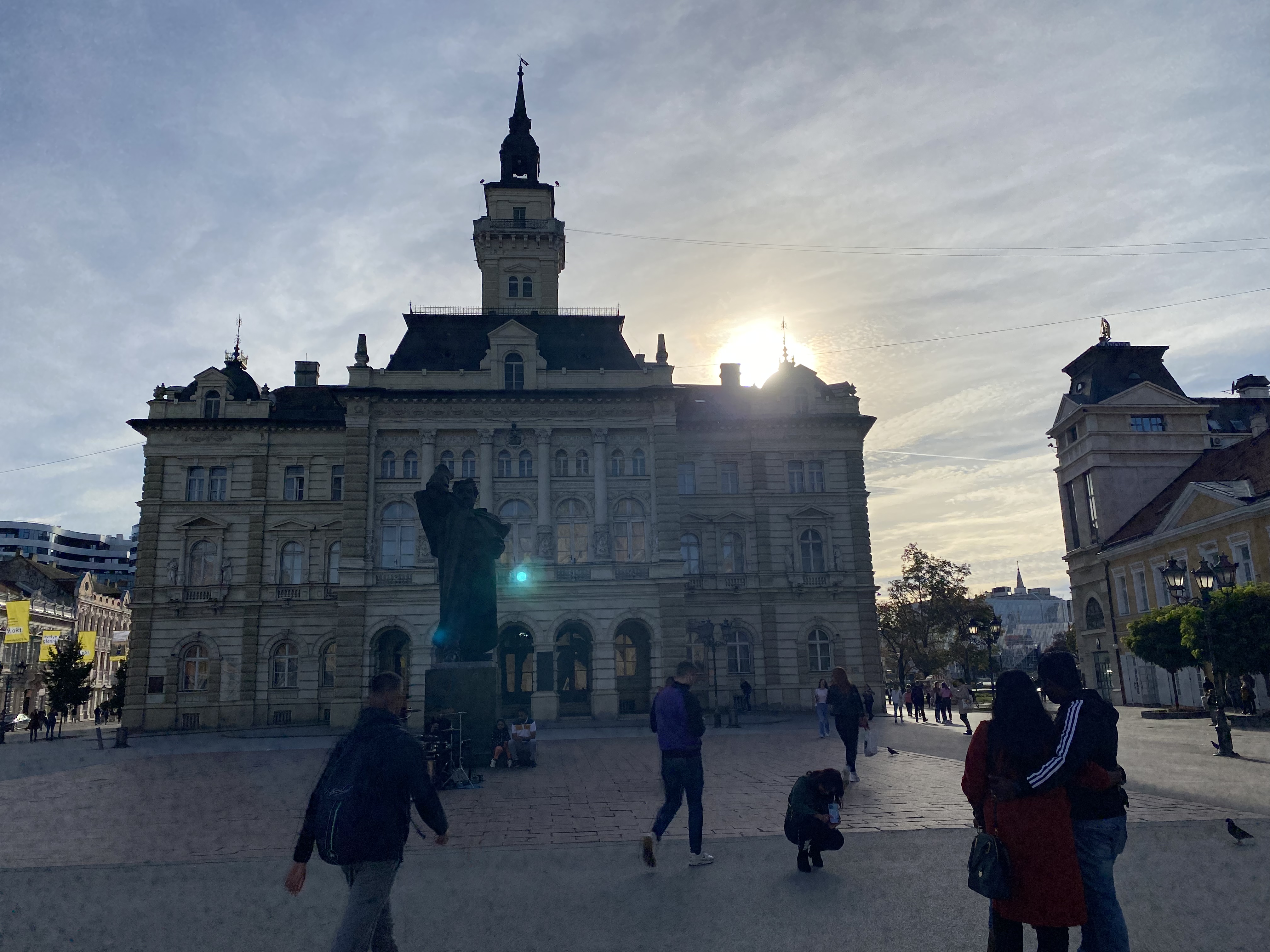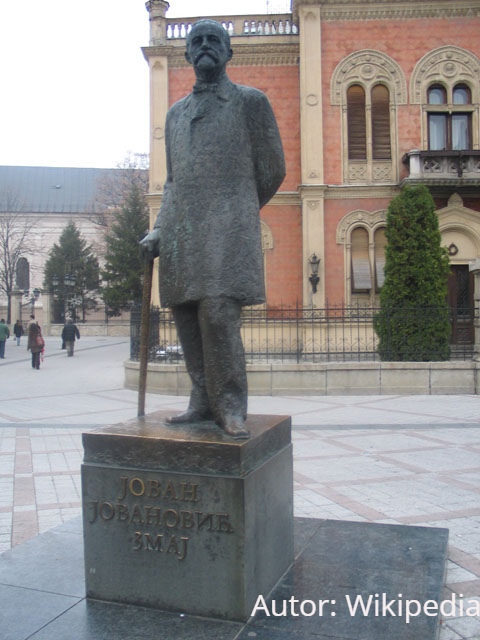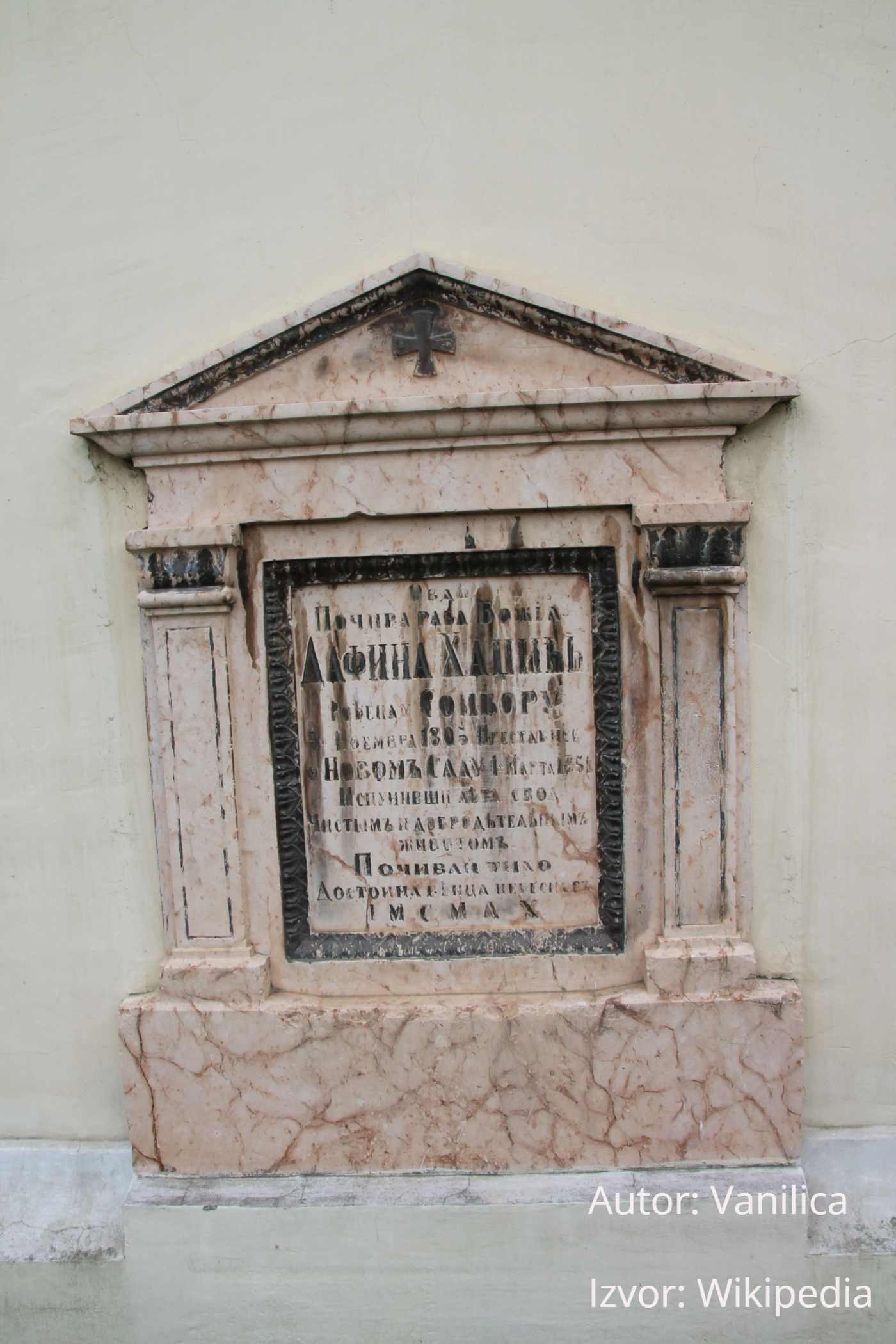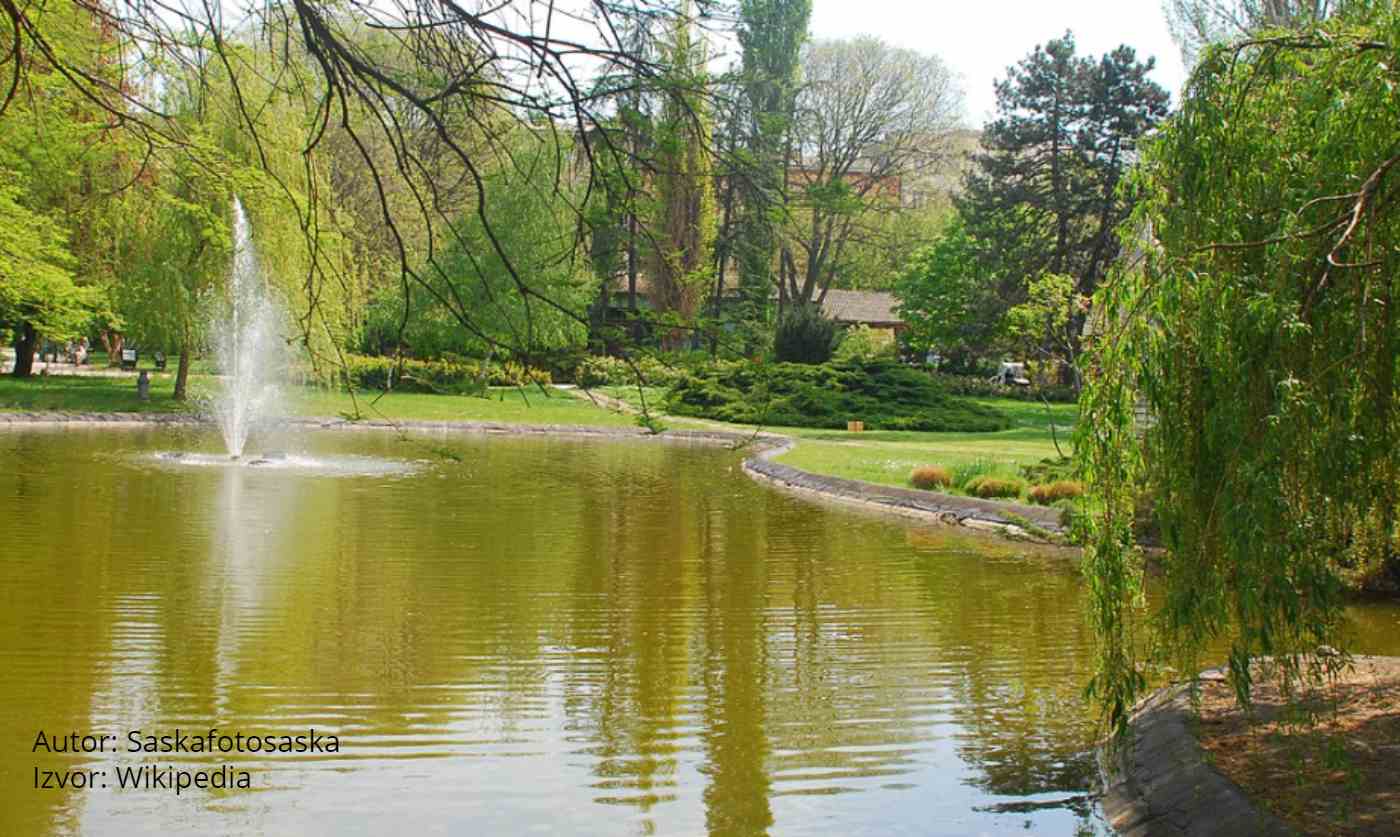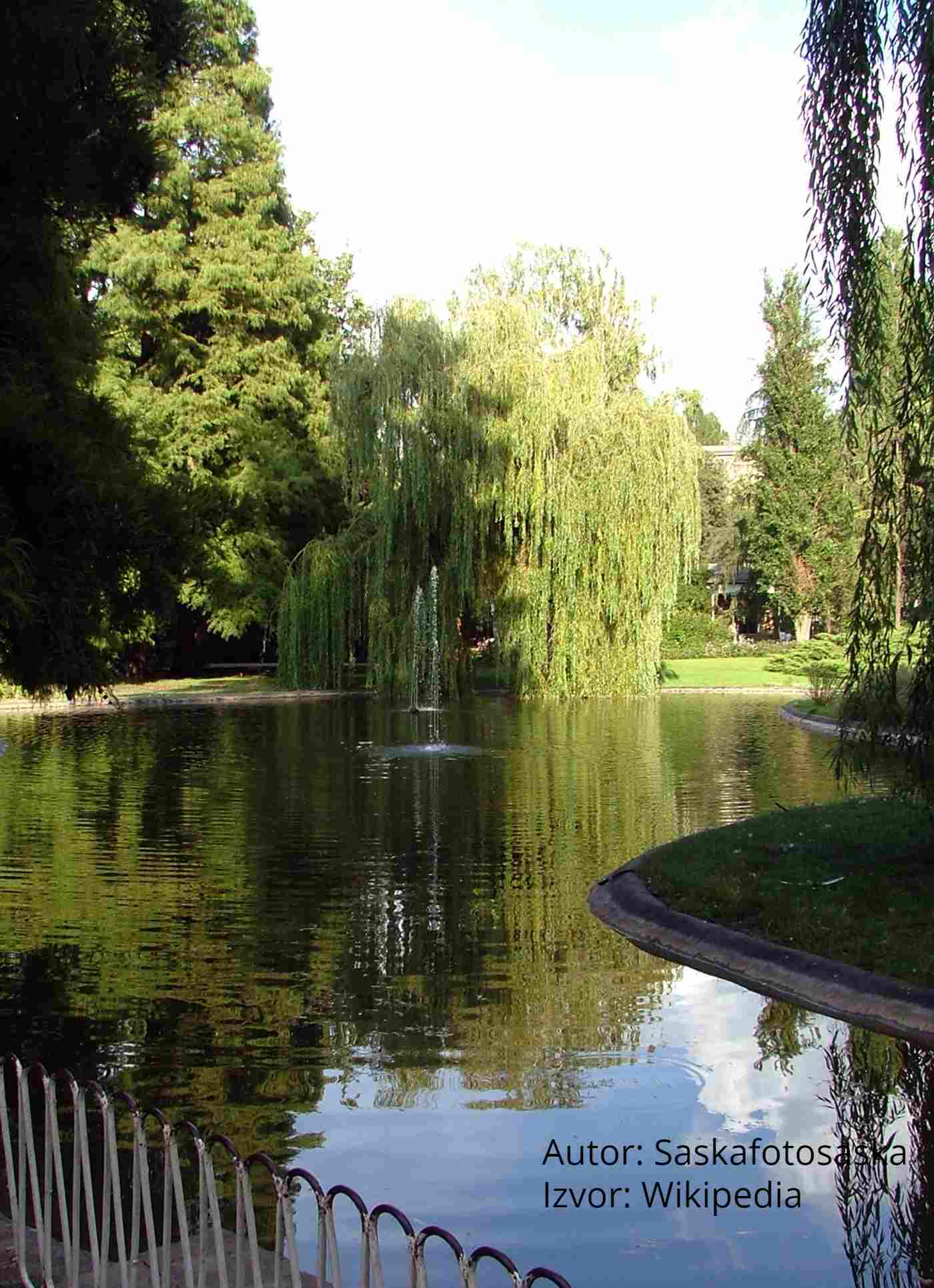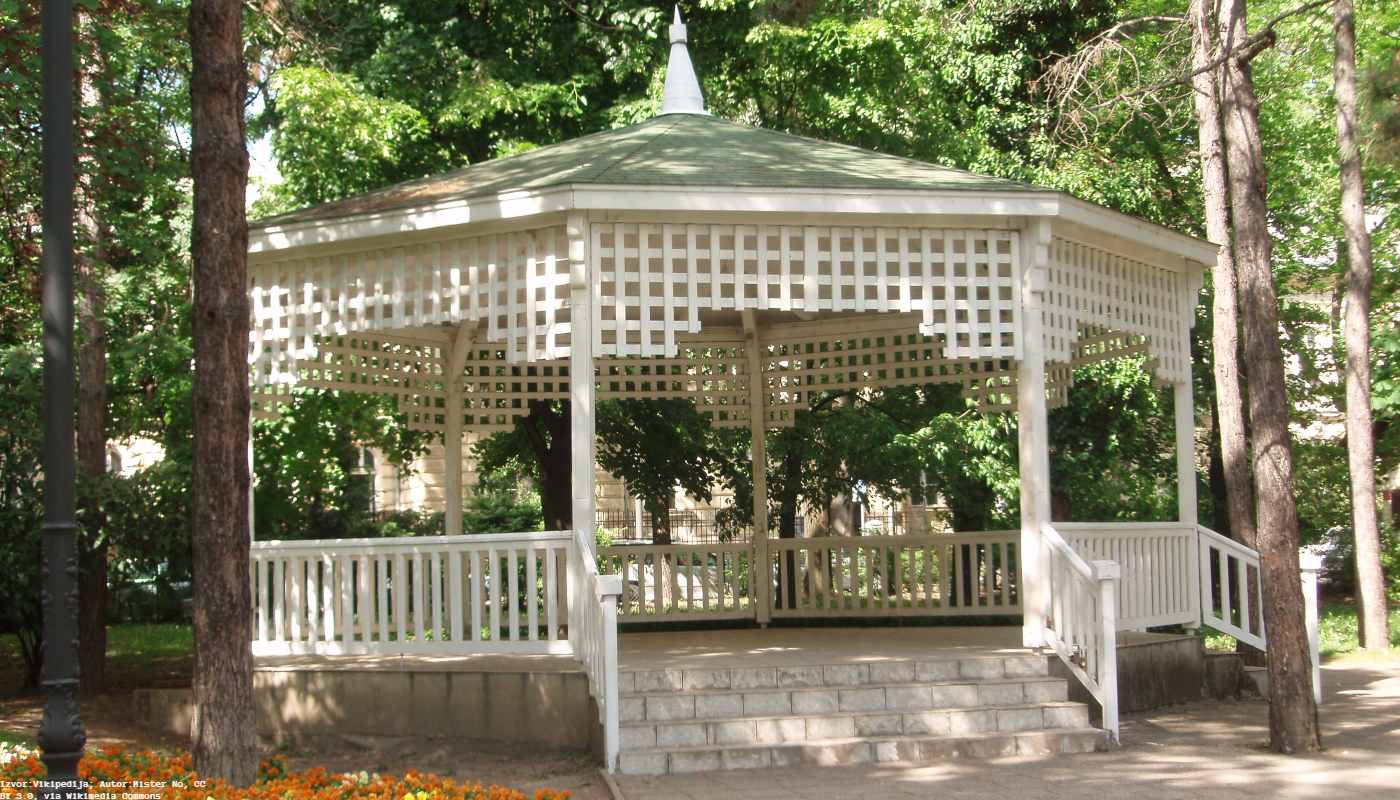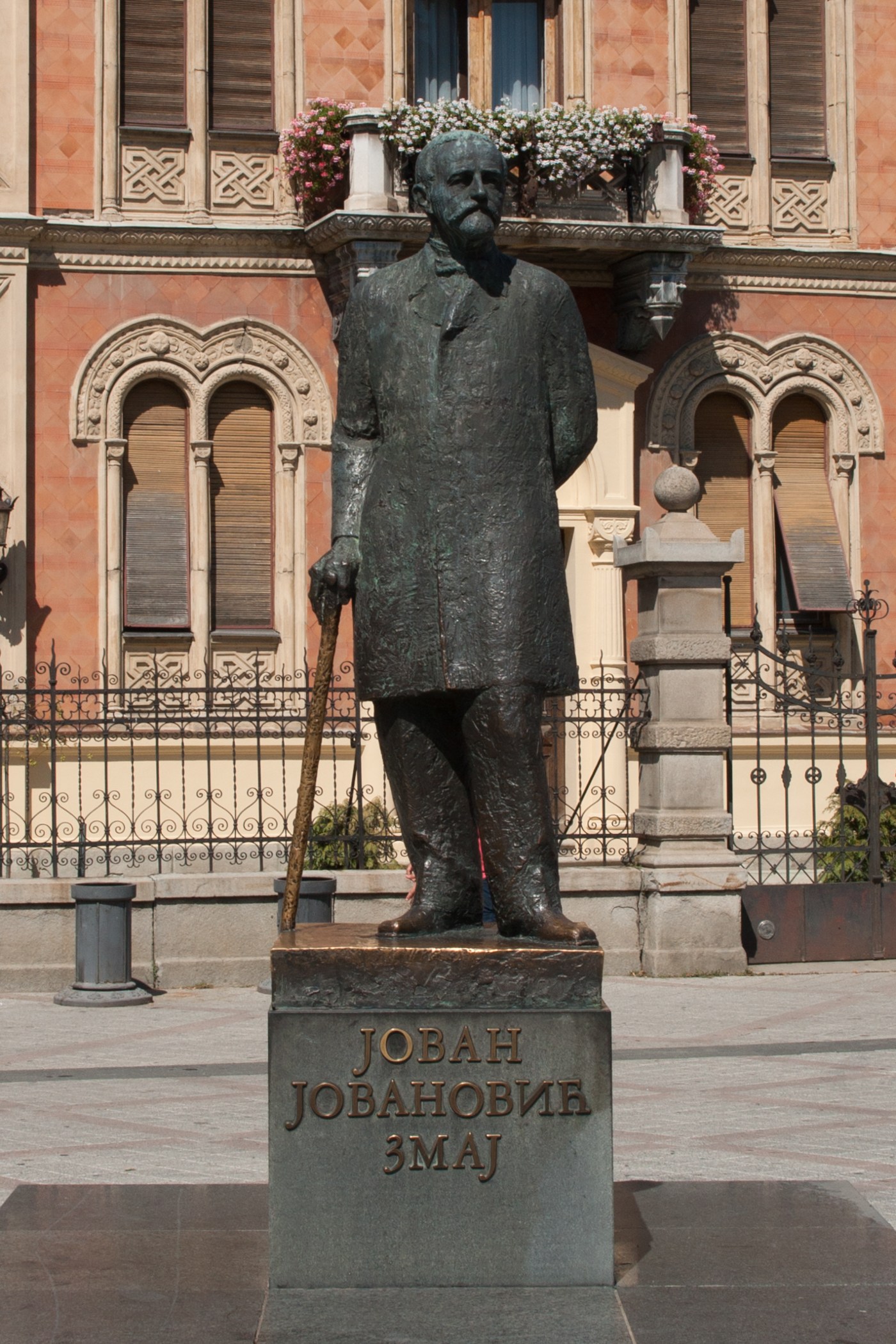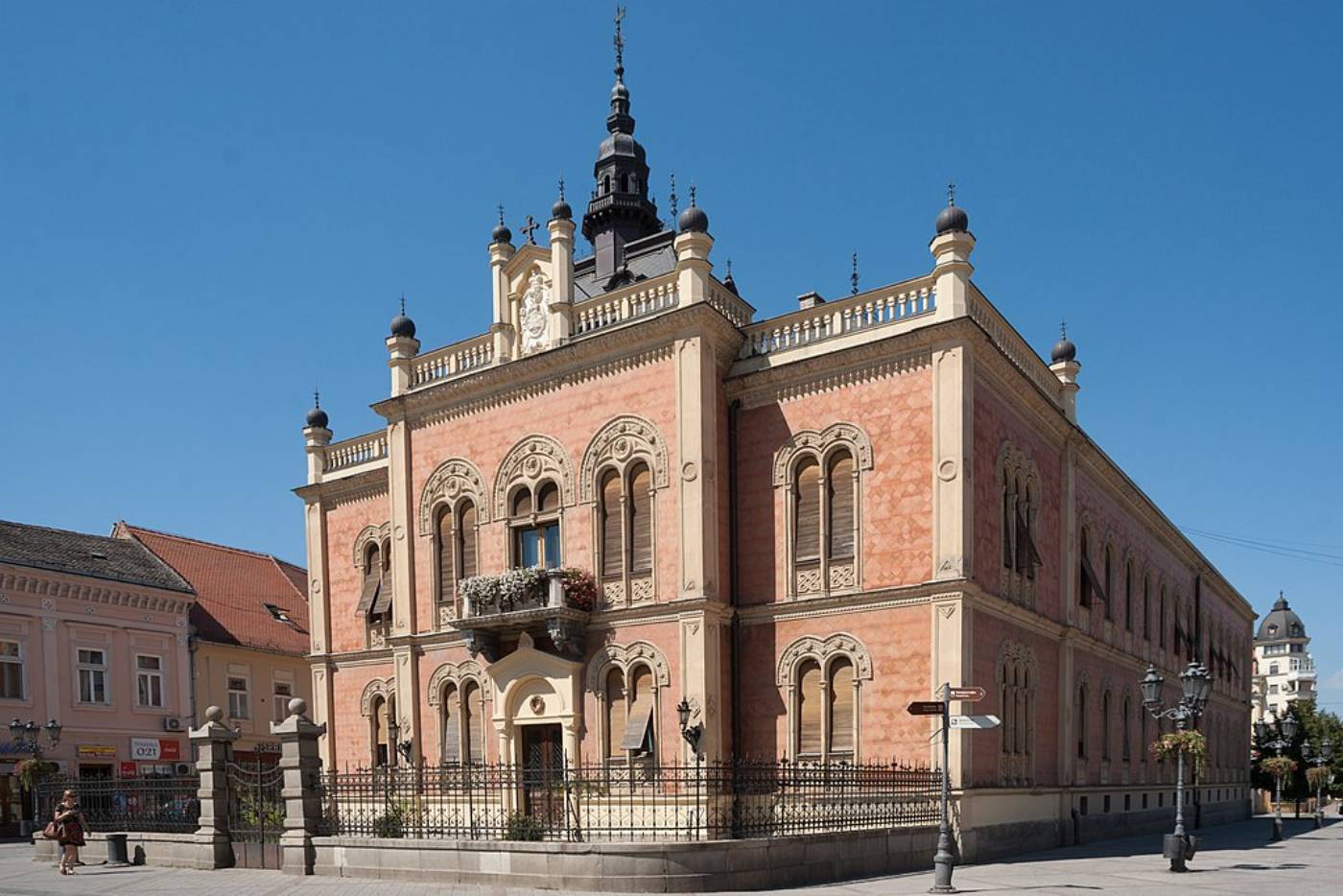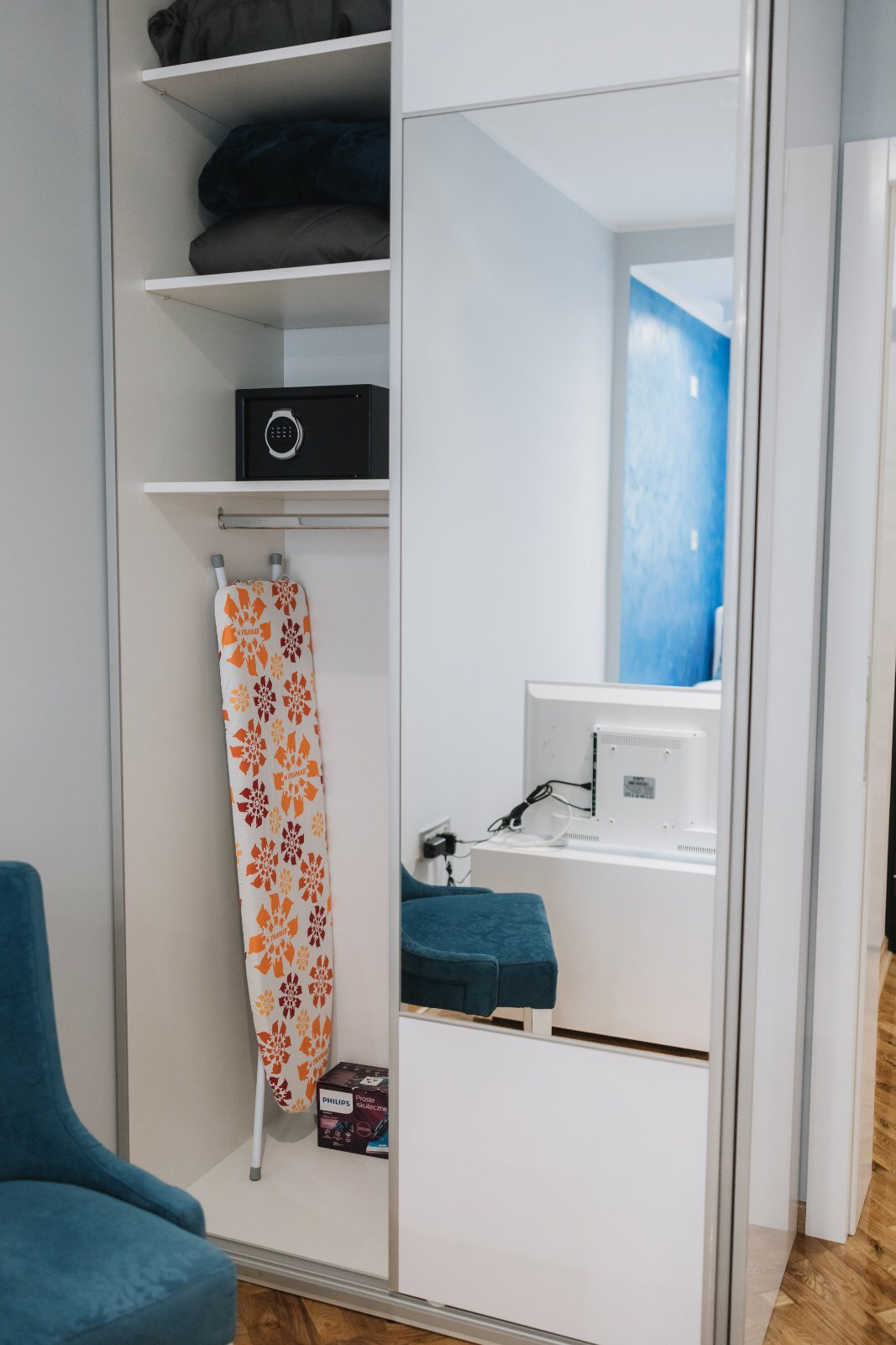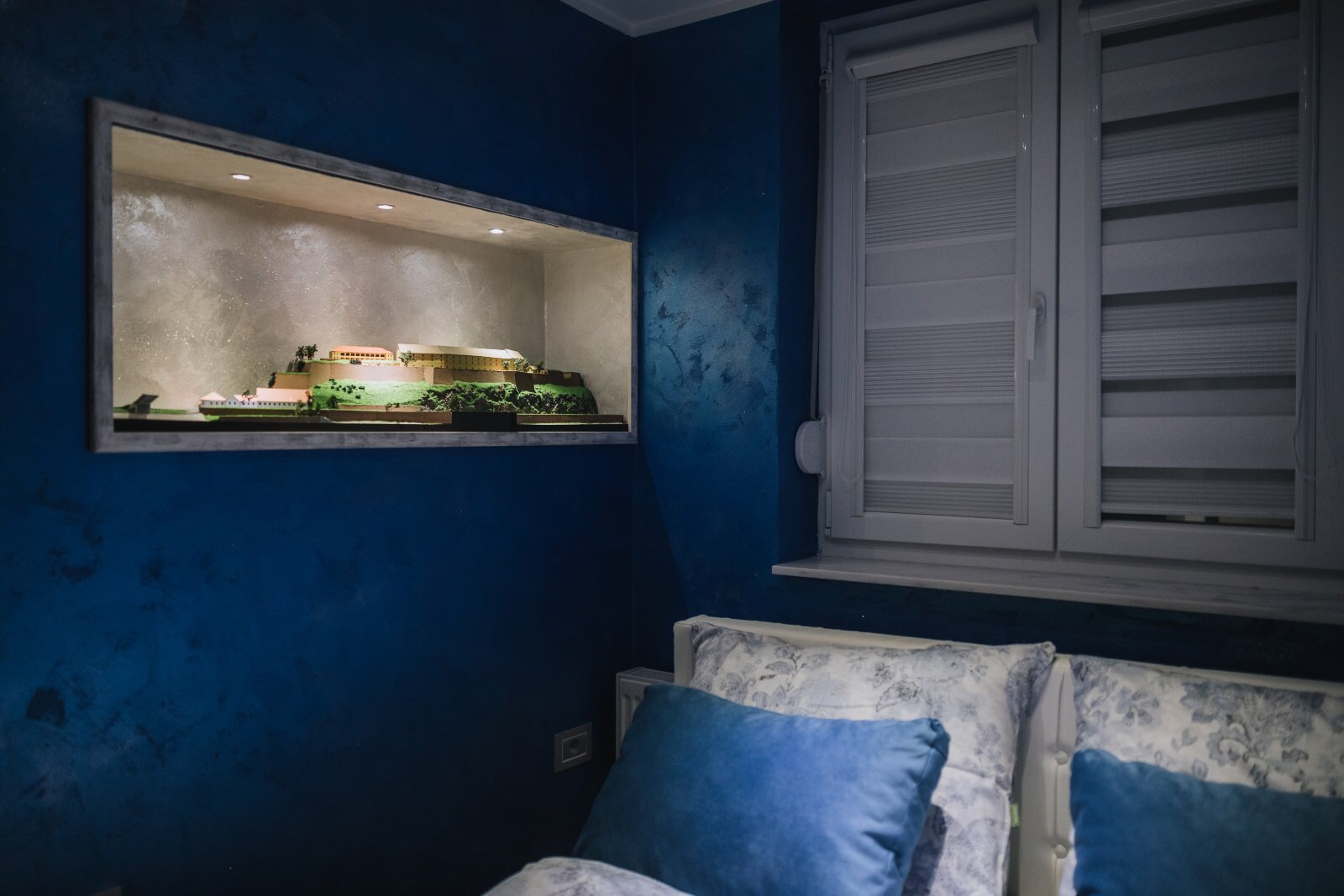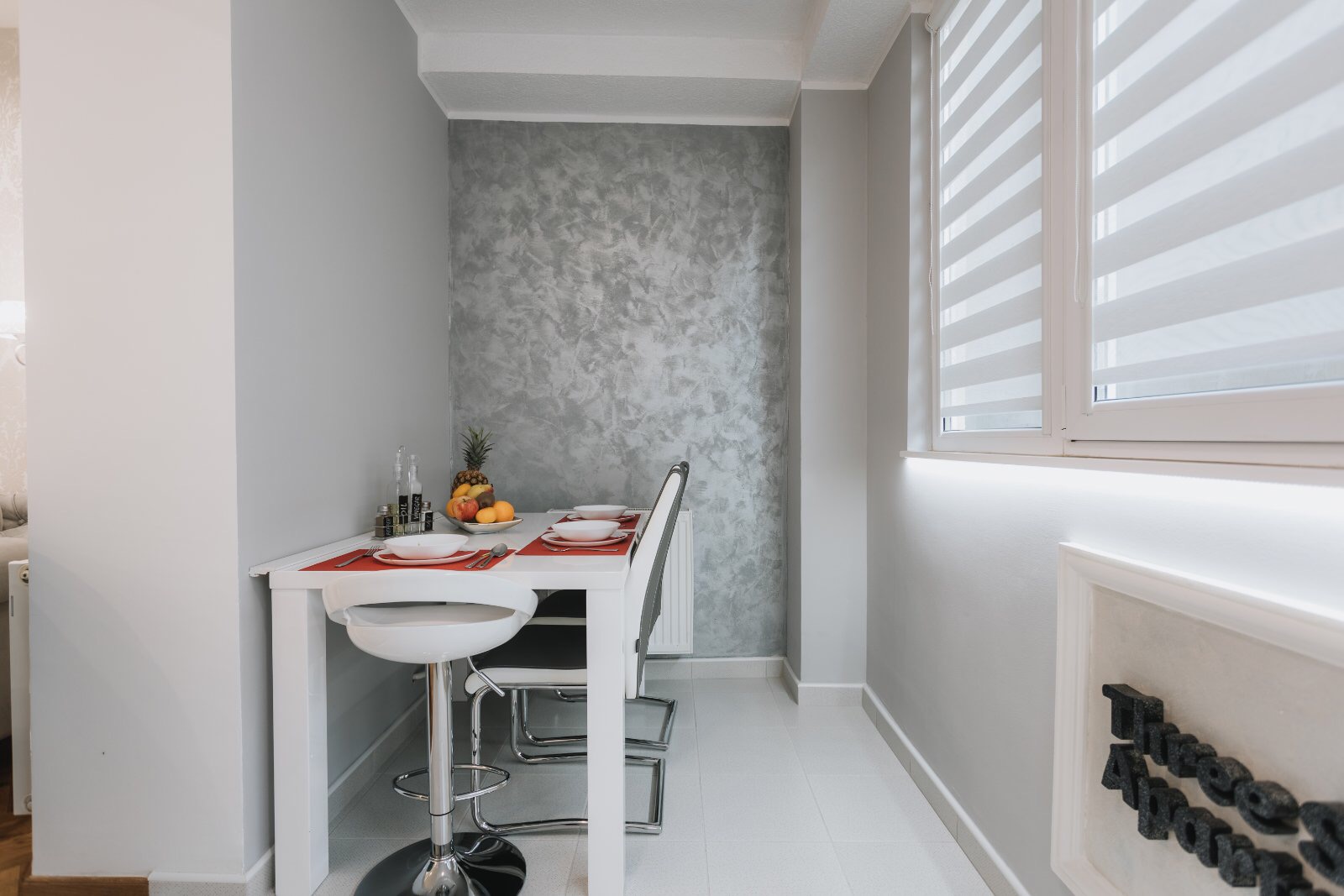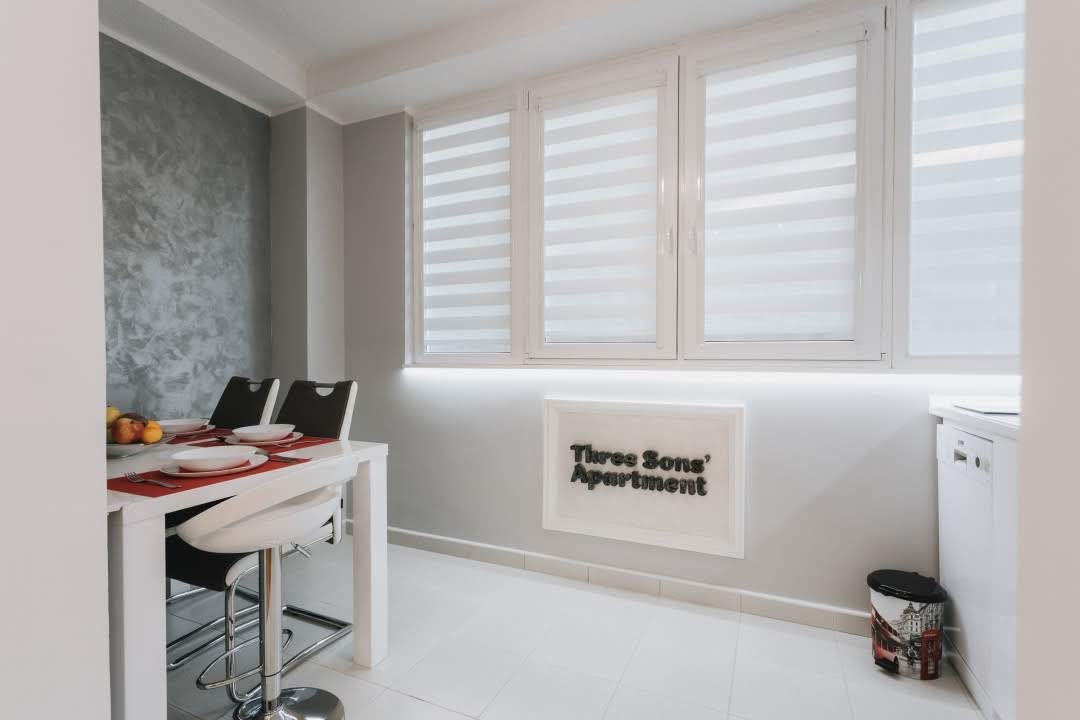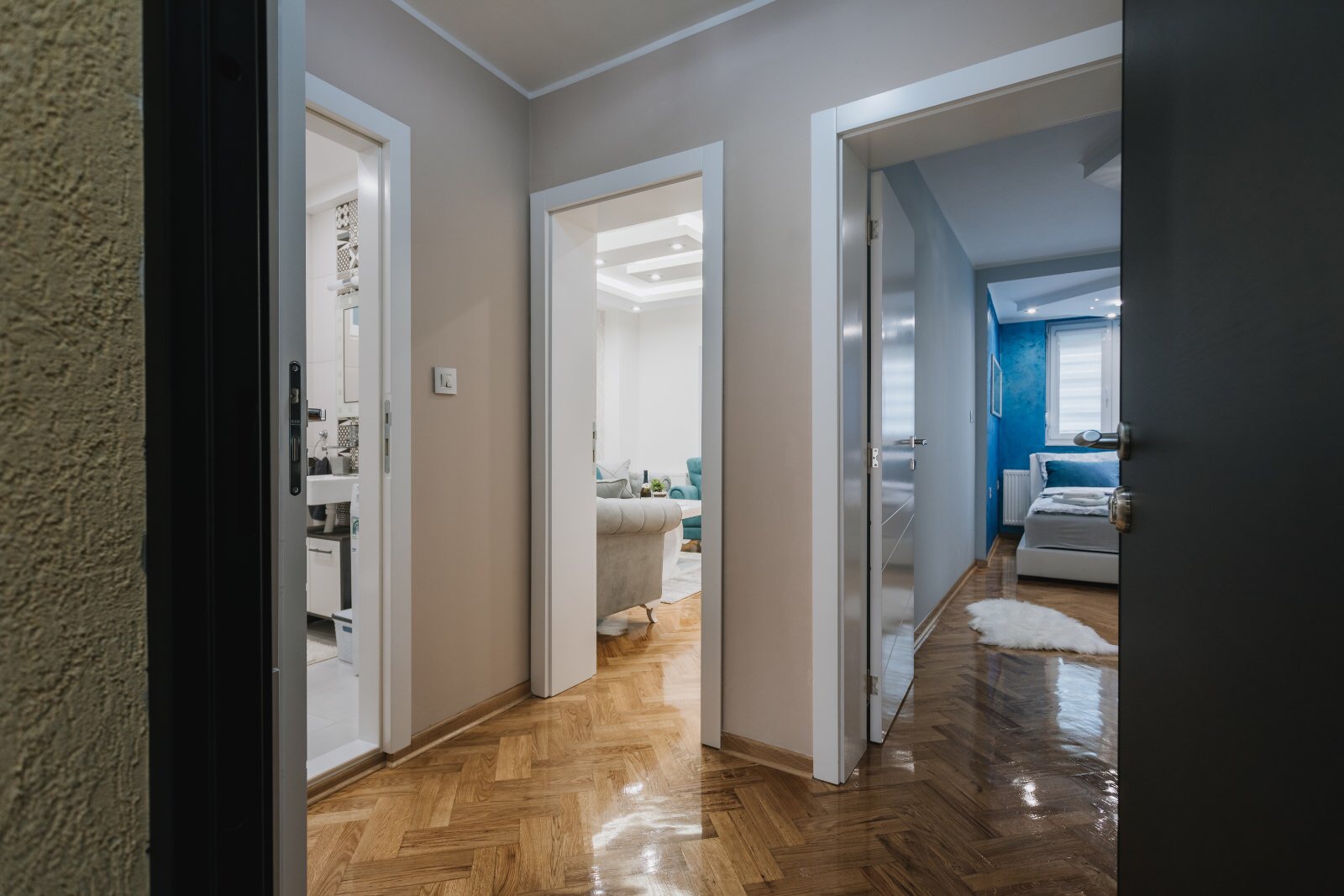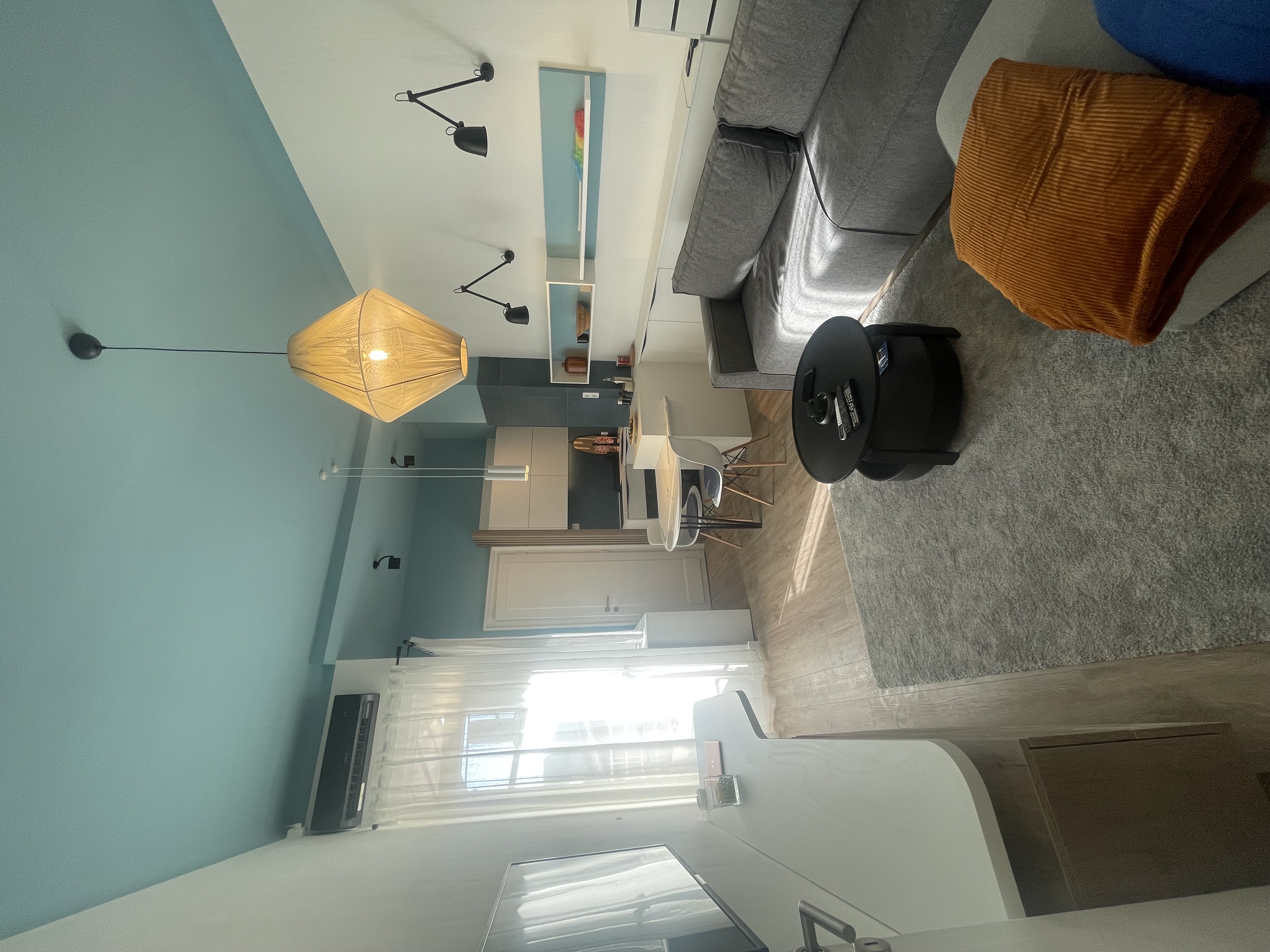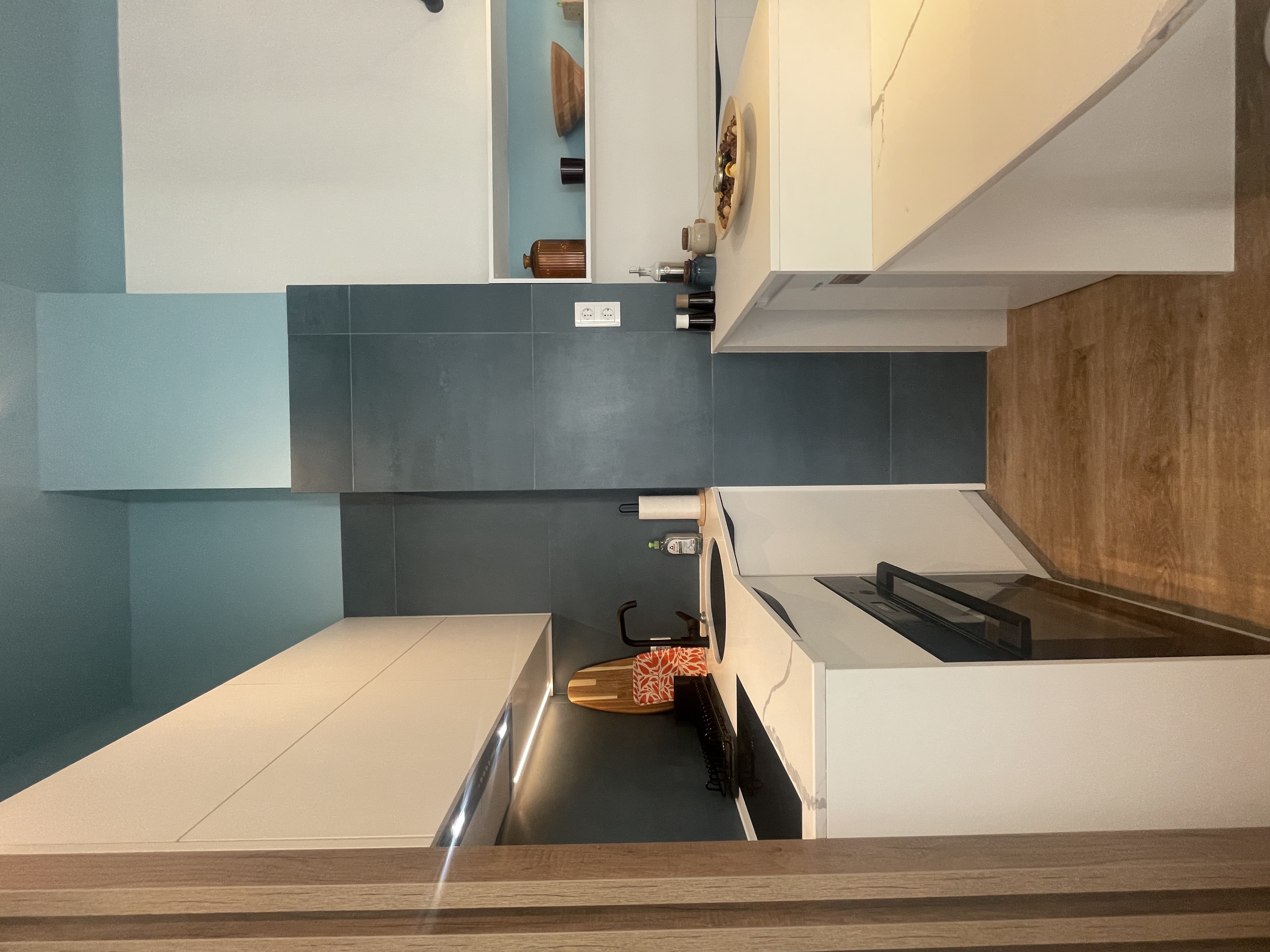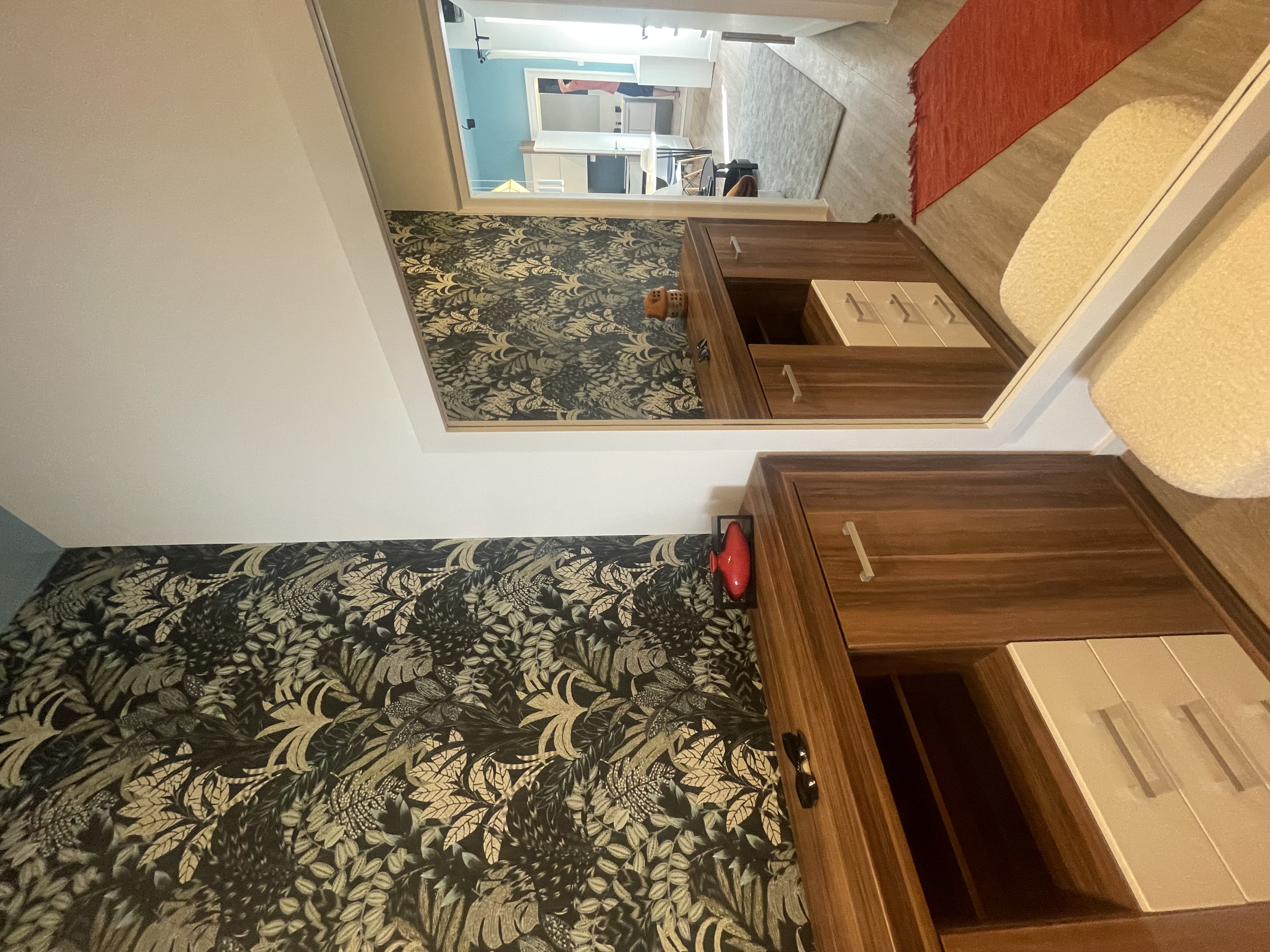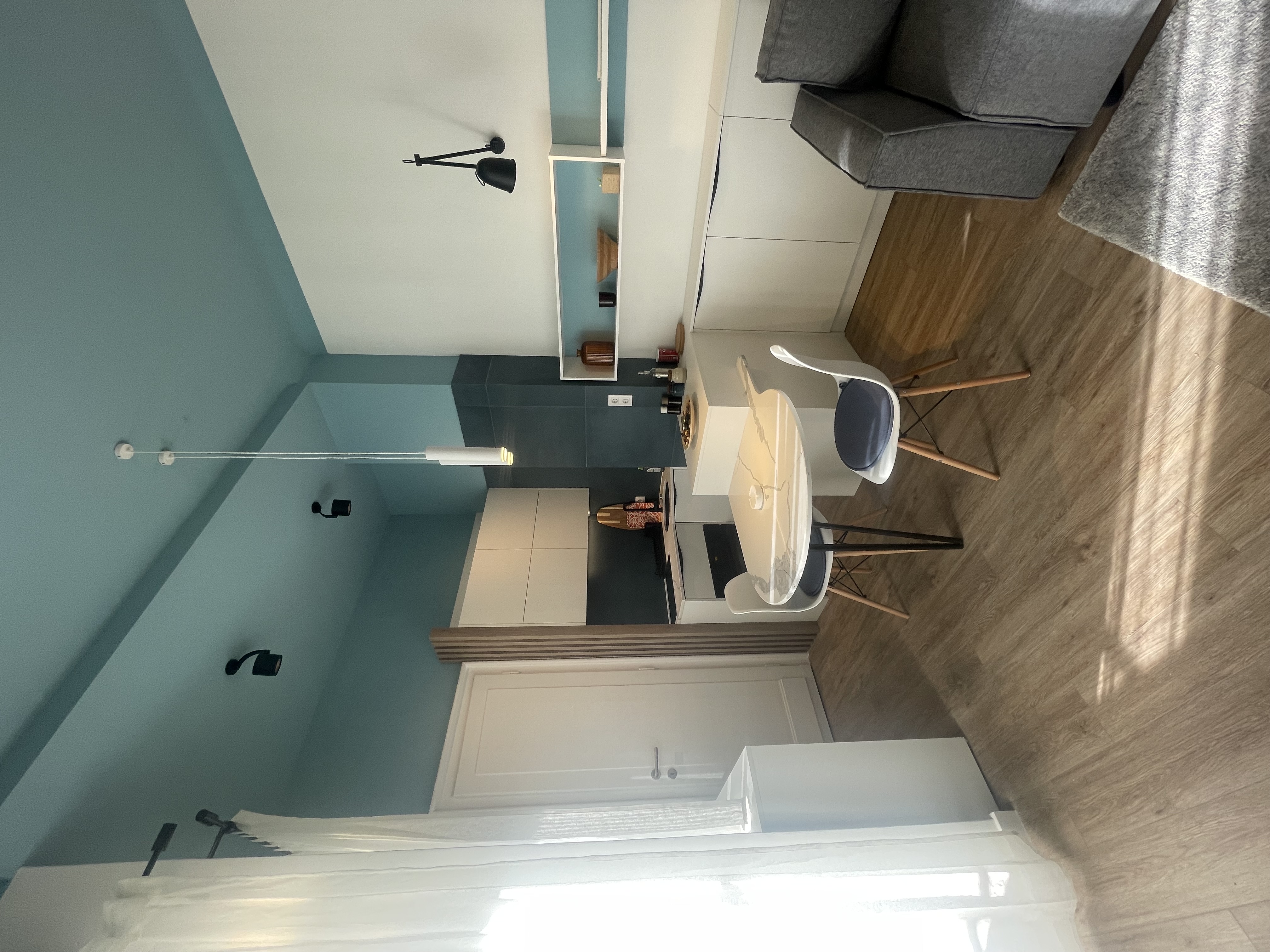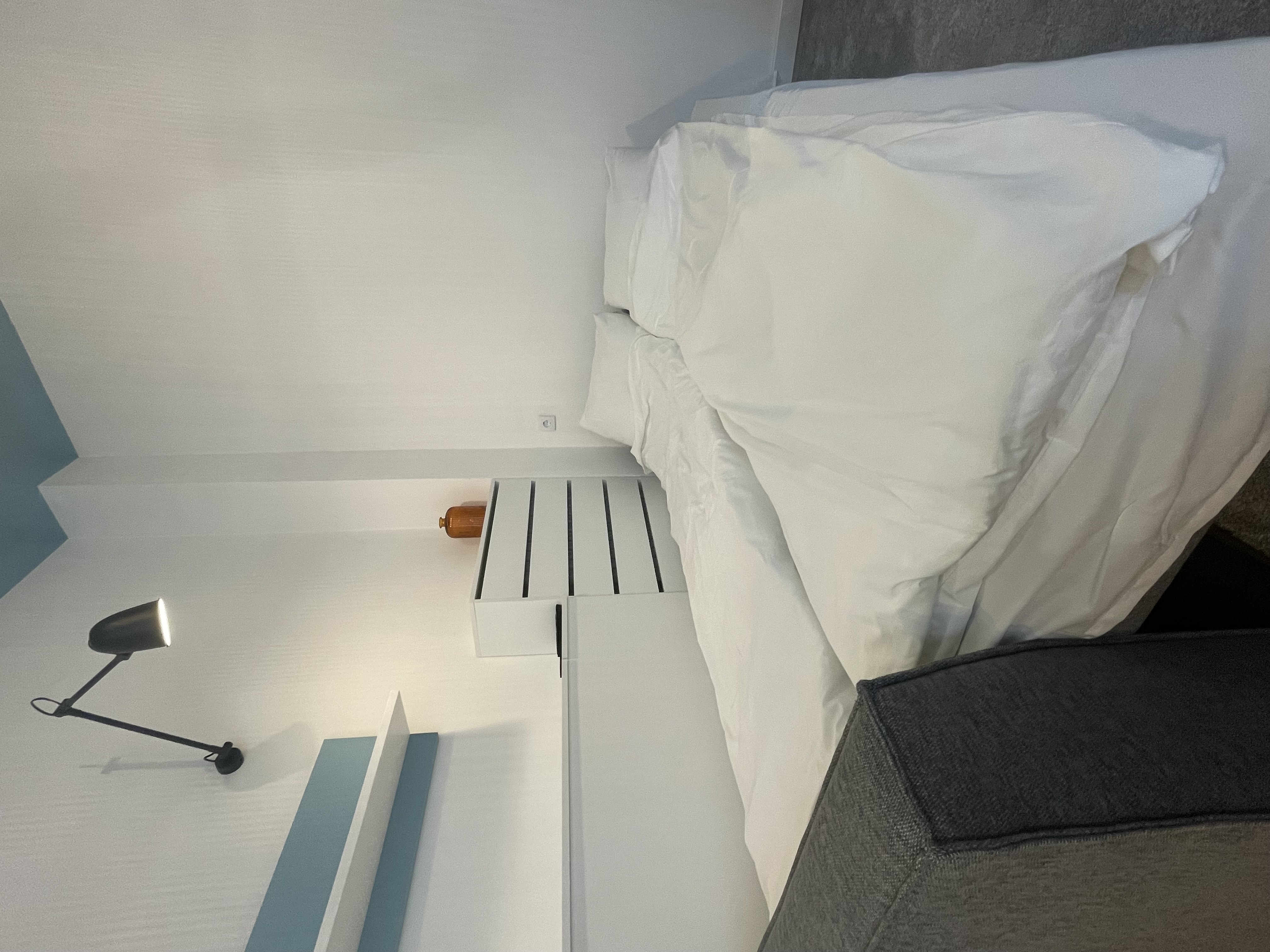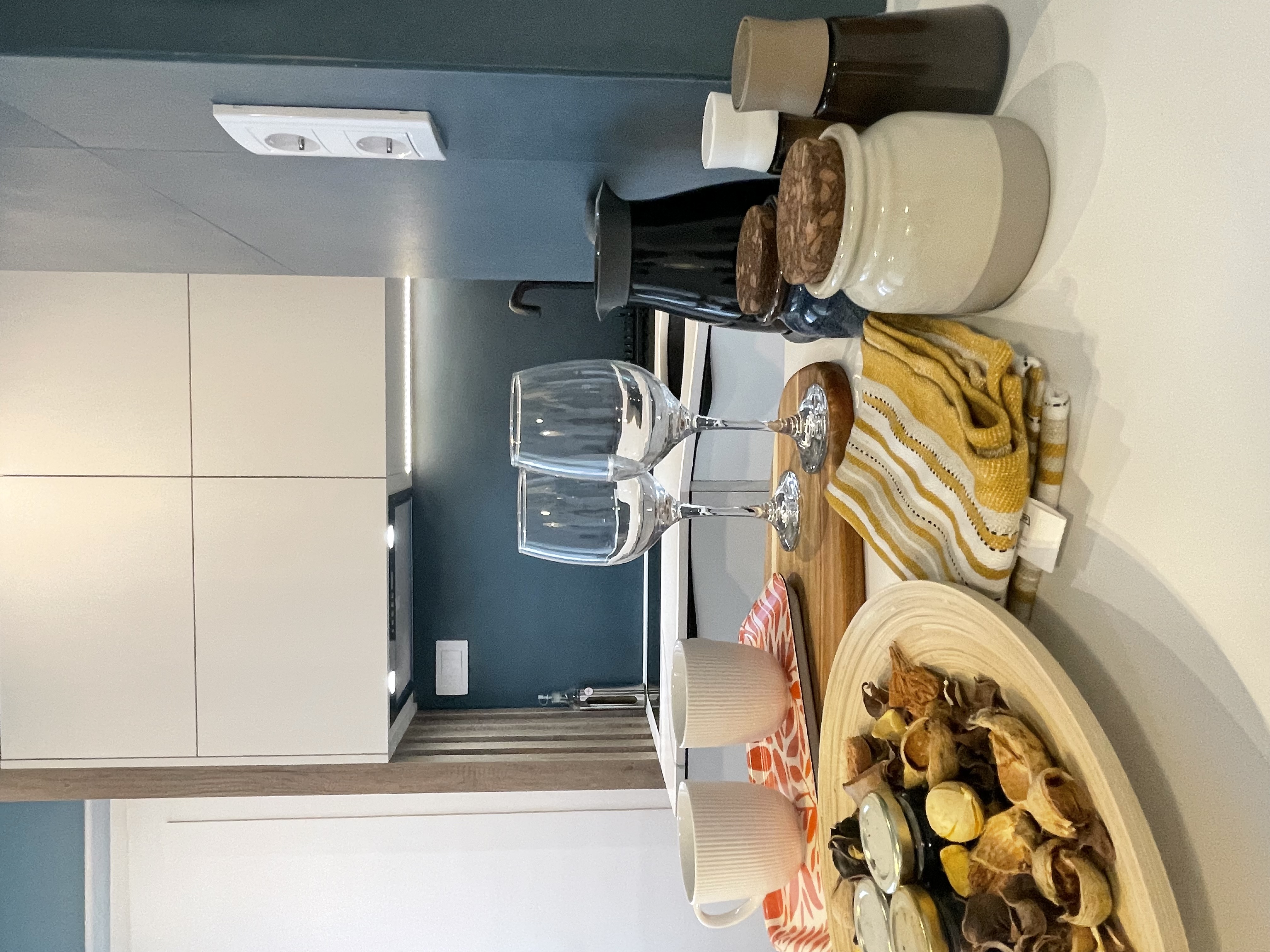Muzej Vojvodine
Share this attraction
Back

Muzej Vojvodine
Novi Sad
Museum of Vojvodina- Najbitnije informacije
The Museum of Vojvodina is one of the largest and most comprehensive museums of a complex type in Serbia. With a tradition of 150 years, this important institution is a place that preserves numerous objects that represent the cultural treasure of Serbia. The permanent exhibition of the Museum of Vojvodina will take you on a long journey that begins with prehistoric heritage and reveal traces of the material culture of the first civilizations that inhabited the area of northern Serbia.
History of the Museum of Vojvodina
The very beginnings of this museum are closely connected to Matica Srpska. In her chronicle, in 1825, the idea of founding a museum collection was published. That idea became a reality two years later, when the decision was made to establish the Serbian National Collection, which will preserve all antiquities and important landmarks. The Museum of Vojvodina has always been supposed to be a place where the specific way of life of our people will be preserved. That is why the first museum collection was created from the legacy of Sava Tekelija. In 1992, the Vojvodina Museum merged with the History Museum of Vojvodina. Since then, the museum has been known by one name as the Museum of Vojvodina.
Significance of the Museum of VojvodinaThe great importance of this museum is reflected in the fact that the entire museum represents a real treasure trove of culture and rich, Serbian tradition. This provides a unique opportunity to document and record the rich cultural heritage of a country. The sral setting of the museum implies the display and development of society in the area of Vojvodina. Few museums can boast of that. Therefore, the Museum of Vojvodina is extremely important for the whole of Vojvodina in today's, modern times. The culture and development of a nation have been recorded and documented in the rooms of this museum and therefore represent an incredible treasure of our country.
What to see in the Museum of Vojvodina
The story ends with the period until the end of the Second World War, with a part of the exhibition that evokes how people lived and created then. The museum is divided into several parts, each of which is specific and has a unique setting.
What to see in the Museum of Vojvodina
The story ends with the period until the end of the Second World War, with a part of the exhibition that evokes how people lived and created then. The museum is divided into several parts, each of which is specific and has a unique setting.
- Ethnological part - all about the colorful folk costumes and architecture of Vojvodina, the way of life and living in the village of Vojvodina, as well as the long-forgotten customs and crafts of this area.
- Part with fine arts - collections of art paintings, graphics, sculptures, tapestries and mosaics were formed. Here you can see some of the famous paintings of our renowned artists, such as Sava Shumanovic.
- Permanent exhibition of the museum - this part has one of the largest collections of period furniture, clocks and paintings, silverware, glass, porcelain and handicrafts in our country.
The Museum of Vojvodina often organizes various guest thematic exhibitions. The museum has excellent cooperation with many cultural institutions from the country and abroad, so it often contains many interesting guest exhibits. The culture and history of Vojvodina is extremely impressive and fascinating, and there is no better place to get to know it better than the Museum of Vojvodina.
Opening hours and ticket price
The Museum of Vojvodina is open for all visits on weekdays from 9 am to 7 pm. On Saturdays and Sundays, the working hours are a bit worse, so on Saturdays and Sundays you can visit this museum from 10 am to 6 pm. Monday is a non-working day.
Opening hours and ticket price
The Museum of Vojvodina is open for all visits on weekdays from 9 am to 7 pm. On Saturdays and Sundays, the working hours are a bit worse, so on Saturdays and Sundays you can visit this museum from 10 am to 6 pm. Monday is a non-working day.
- The ticket price for adults is 200 dinars
- pupils, students and pensioners - 150 dinars
- group visits of students - 100 dinars
- on Fridays there is free admission for pensioners
- for children up to 7 years the entrance is free
How to get to the Museum of Vojvodina
Since the settings of this museum are located in a couple of locations in Dunavska Street, we have selected for you exactly how to get to Dunavska Street No. 35 and 37. The museum does not have its own parking lot, but in the immediate vicinity of the museum there are several parking zones on to which you can leave your car at an adequate charge. In addition, you can reach the museum:
Since the settings of this museum are located in a couple of locations in Dunavska Street, we have selected for you exactly how to get to Dunavska Street No. 35 and 37. The museum does not have its own parking lot, but in the immediate vicinity of the museum there are several parking zones on to which you can leave your car at an adequate charge. In addition, you can reach the museum:
- Buses- 3A, 3AB, 6A, 9B, 9AB, 60B, 61B, 62B, 63B, 64B, 69B
Location
Learn more about this destination
Discover the beauty of the destination through blogs that highlight the most famous landmarks, hidden gems, and provide travel tips for visiting this destination. Embark on an adventure through the stories of experienced travelers.





